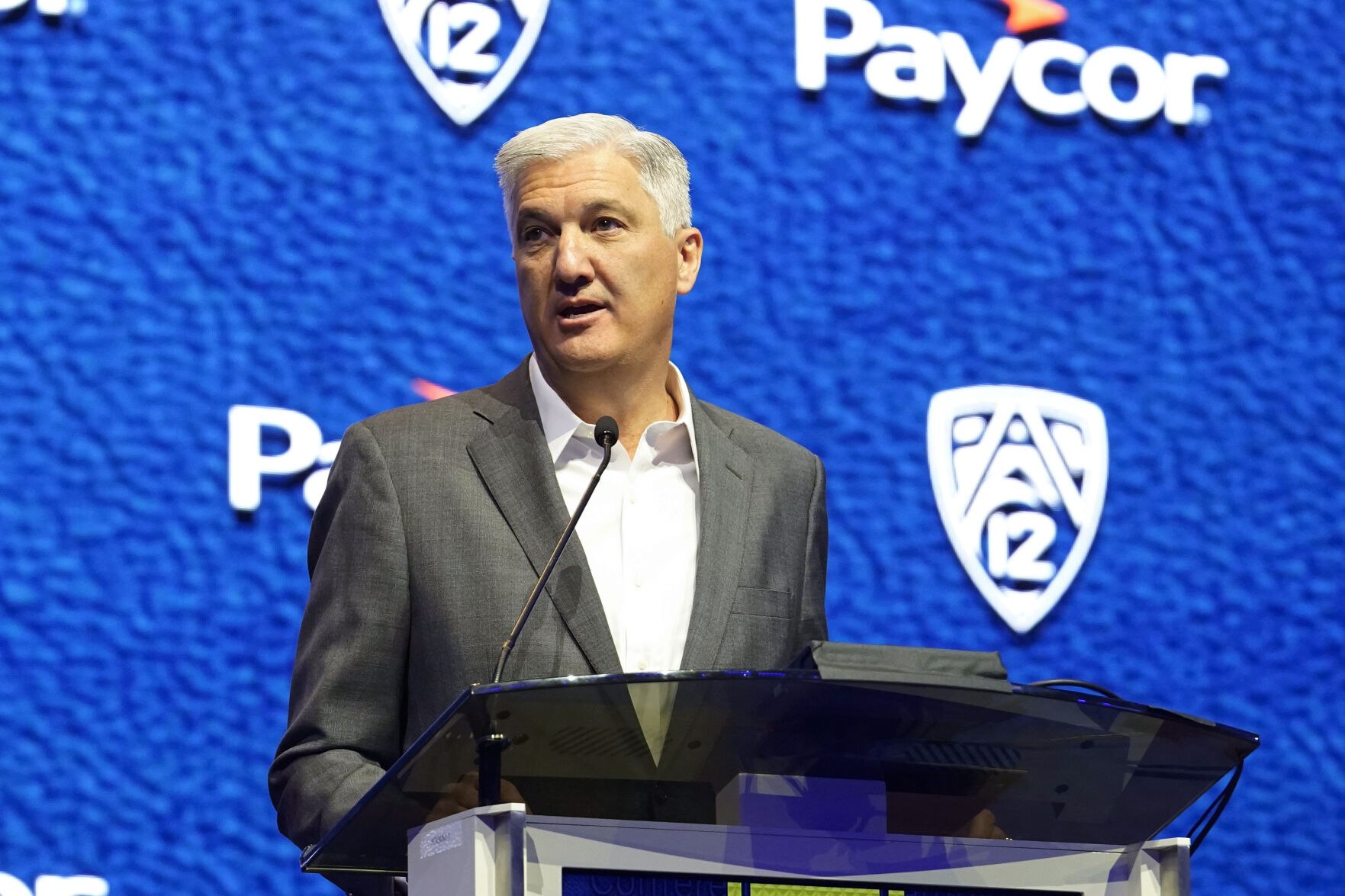

Most significantly, the number of Big Ten universities with men's ice hockey programs reached six, the minimum number of teams needed by a conference to receive an automatic bid into the NCAA tournament.
CONFERENCE REALIGNMENT BLOG SERIES
įurthermore, the decision by Penn State to add varsity men's ice hockey starting in 2012 triggered a series of changes in college ice hockey conference alignment. Big Ten officials later stated that they had no plans to expand beyond 12 teams in the near future. Its membership became effective July 1, 2011. On June 11, 2010, Nebraska applied for membership in the Big Ten and was unanimously approved as the conference's 12th school. First wave: Nebraska joins Īfter the Big Ten's initial announcement that it was looking at expansion in December 2009, rumors about possible expansion targets and the possibility that the conference might expand to as many as 14 or 16 teams circulated into May 2010. After that it was a hundred reactionary moves from other conference commissioners, shoring up their ranks, while scorching college football's landscape. It was Jim Delany's cow in a Chicago barn that kicked over the lantern that started the country's conference realignment inferno. In April 2012, after moves by the Big Ten triggered massive realignment, then- sportswriter Brett McMurphy commented, Second, expanding to 12 or more schools would allow the conference to launch a potentially lucrative conference championship game in football. The conference reportedly received as much as 88 cents per month for every subscriber to the network in the Big Ten member states, and in the 2008–09 fiscal year, the Big Ten Network alone distributed $6.4 million to each of the conference's 11 schools. First, adding one or more schools would increase the reach of the conference's cable network, the Big Ten Network. Media reports then indicated that the Big Ten had two major motives for expansion. The first hints of the coming realignment came in December 2009, when Big Ten commissioner Jim Delany announced that the league would consider adding one or more teams. The next change came in 1990, when Pennsylvania State University (Penn State) joined. In 1949, Michigan State University joined the conference, bringing its membership back to 10.
CONFERENCE REALIGNMENT BLOG FULL
In 1946, the University of Chicago, one of the league's charter members, chose to de-emphasize varsity athletics and left the conference, although it continued its academic affiliation until 2016, when the Big Ten decided to limit its academic arm, originally known as the Committee on Institutional Cooperation and now as the Big Ten Academic Alliance, to full conference members.

Before the 2010–14 realignment, the conference had seen only three changes in membership since World War I. The Big Ten, founded in 1896 as the Intercollegiate Conference of Faculty Representatives (which remained the conference's legal name until 1987), had been for decades one of the more stable major college conferences. While no Big Ten members announced plans to join other conferences, the league announced expansion from 11 members to an ultimate total of 14 full members and one single-sport associate member, with one full member joining in 2011 and the remaining schools joining in July 2014. sports media credited expansion plans by the Big Ten as being the trigger for a massive wave of conference realignment during this period. The 2010–14 Big Ten Conference realignment refers to the Big Ten Conference dealing with several proposed and actual conference expansion and reduction plans among various NCAA conferences and institutions from 2010 to 2014. JSTOR ( March 2013) ( Learn how and when to remove this template message).

Unsourced material may be challenged and removed.įind sources: "2010–2014 Big Ten Conference realignment" – news

Please help improve this article by adding citations to reliable sources. This article needs additional citations for verification.


 0 kommentar(er)
0 kommentar(er)
